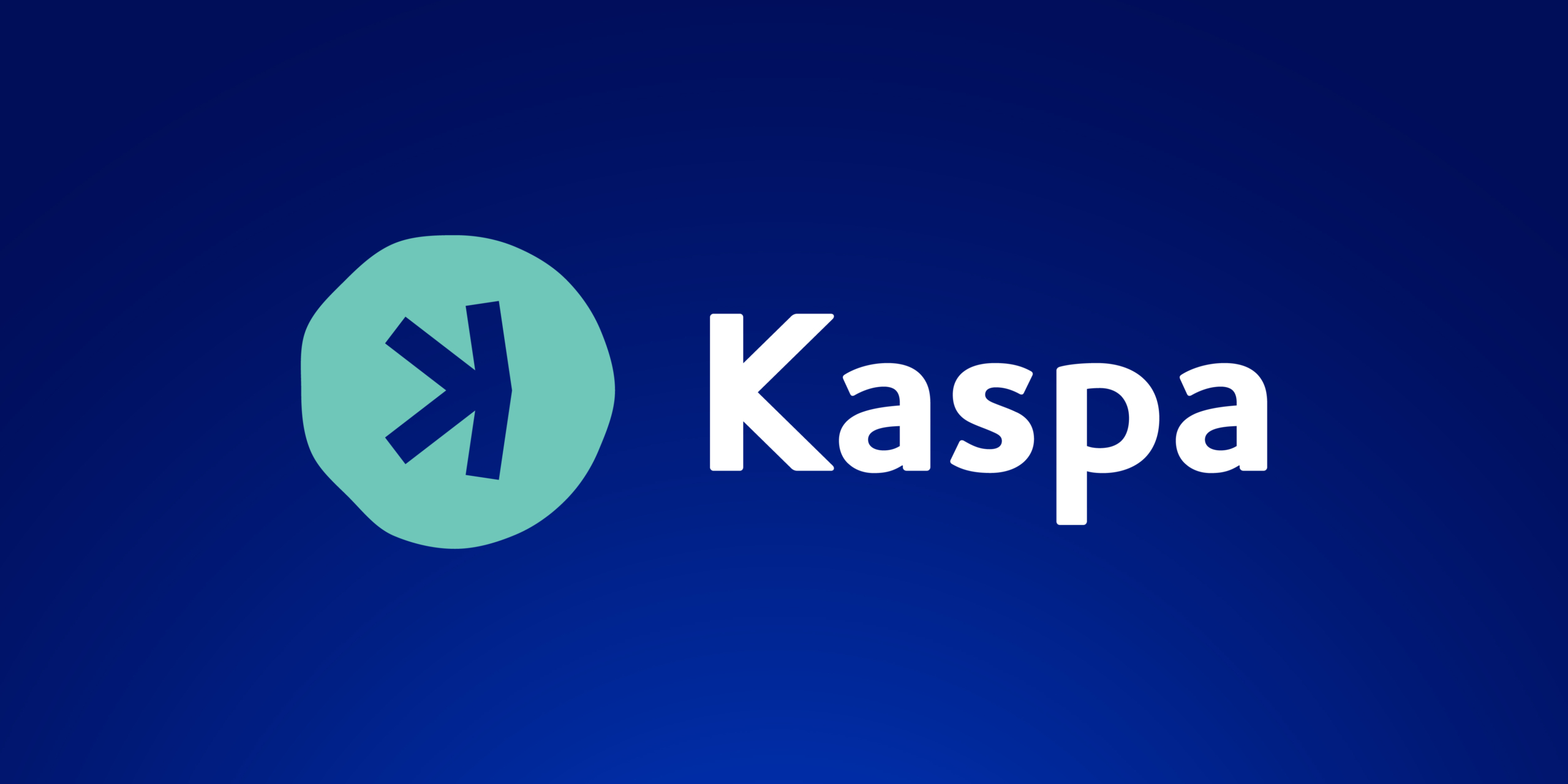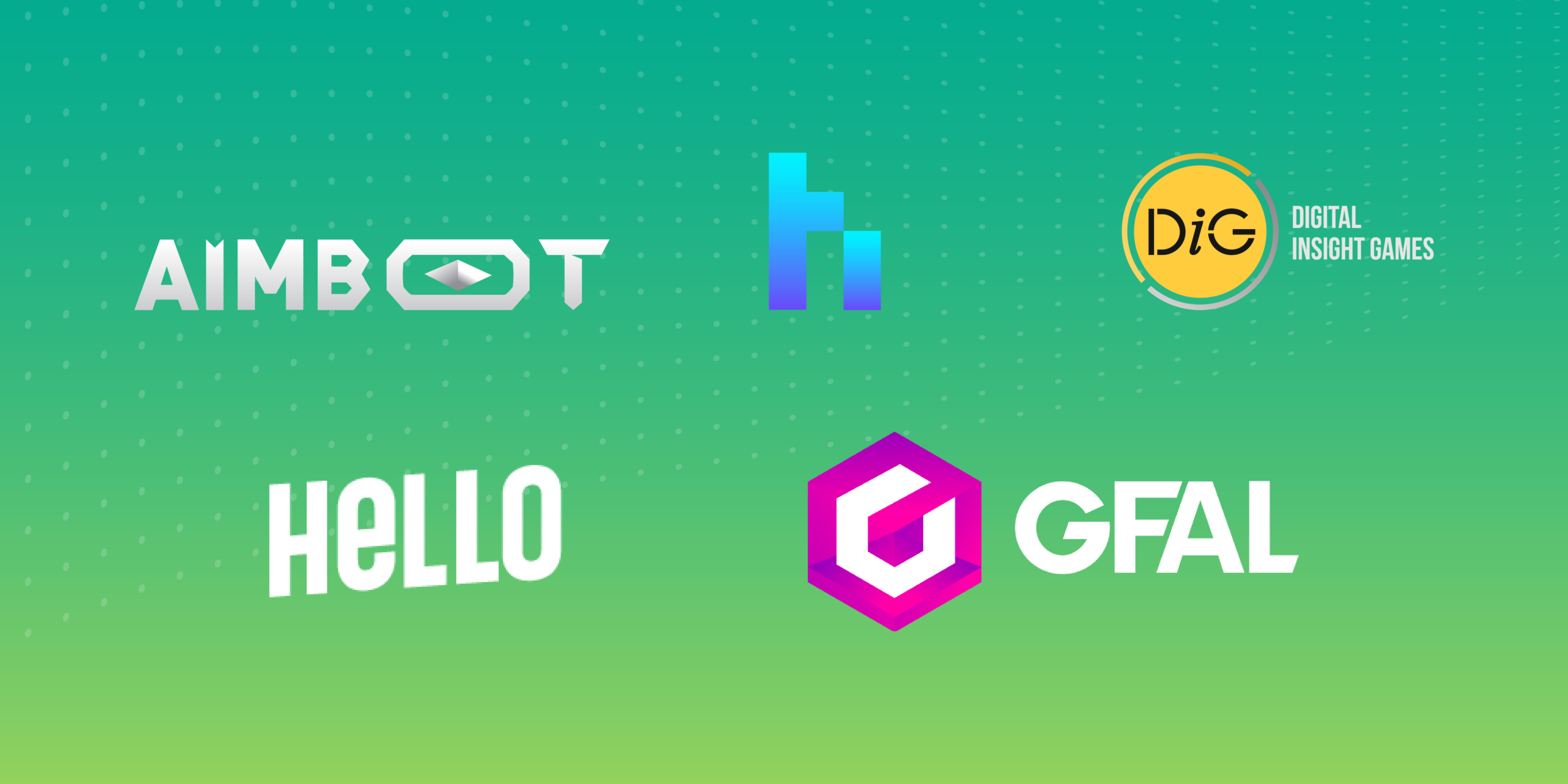Executive Summary
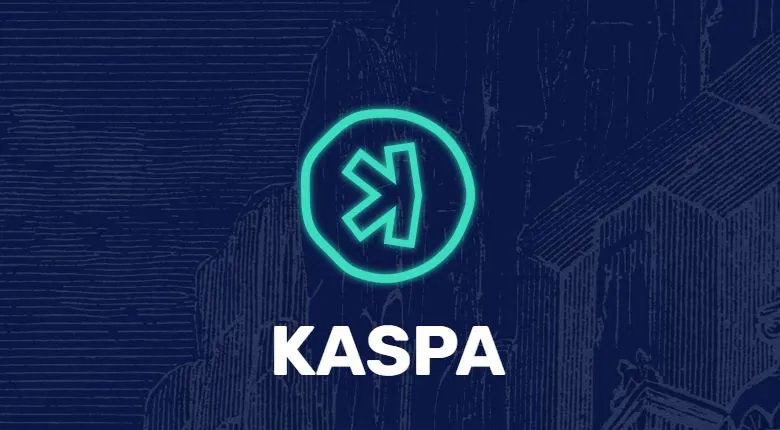
Kaspa is a BlockDAG designed to enhance Satoshi Nakamoto’s original concept of a permissionless peer-to-peer network. It boasts being the fastest and most scalable instant confirmation transaction layer built on a proof-of-work (PoW) engine, leveraging Directed Acyclic Graph (DAG) technology. In testing, Kaspa has achieved a rate of 10 blocks per second, translating to thousands of transactions per second.
Company/Project Overview
Kaspa aims to refine Satoshi Nakamoto’s vision of a peer-to-peer network. The project is spearheaded by Yonatan Sompolinsky, a notable figure in the blockchain community, with some speculating he might be Nakamoto. The development team includes Michael Sutton, Deshe Shai, Mike Zak, Elichai2, and Ori Newman.
Market Analysis
Kaspa’s primary objective is to create a peer-to-peer electronic cash system that operates at internet speeds while adhering to Bitcoin’s foundational principles. As cryptocurrencies gain traction, the market potential for Kaspa is immense. It stands in competition with high-speed, scalable blockchains like Ethereum, Cardano, and Solana.
Product/Platform
Kaspa utilizes the GhostDAG protocol, an evolution of the PHANTOM protocol. This allows for enhanced control and adaptability in concurrent block creation, optimizing scalability without compromising security. The protocol offers a streamlined approach, making PHANTOM more feasible for the blockDAG network. Kaspa’s offering is a high-speed, scalable blockchain capable of handling thousands of transactions per second.
Business Model
Kaspa’s revenue streams include transaction fees and potential corporate partnerships. The strategy for customer acquisition targets individuals and entities seeking a rapid, scalable blockchain solution. Collaborations and partnerships are also on the horizon to bolster network growth and adoption.
Token Utility
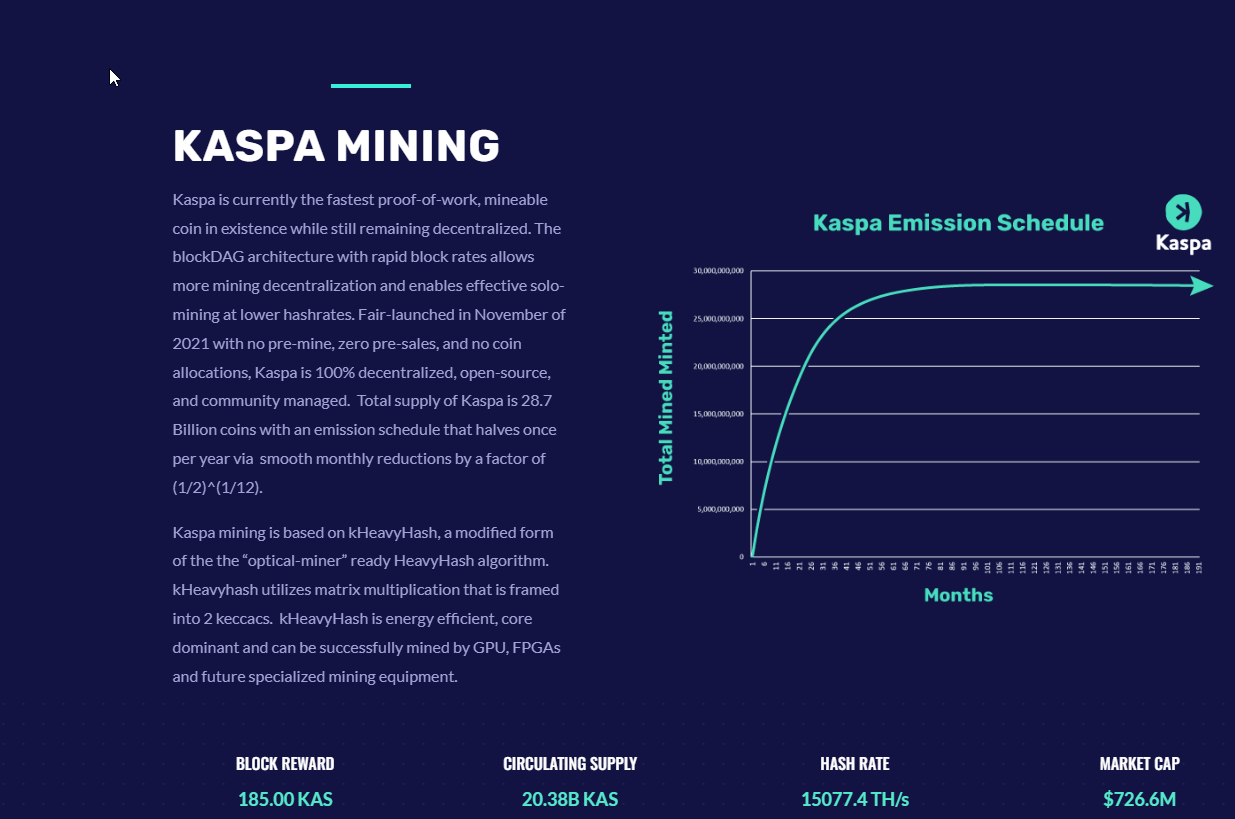
The token’s primary function is to facilitate transactions on the Kaspa network, with governance being community-led.
Kaspa Tokenomics
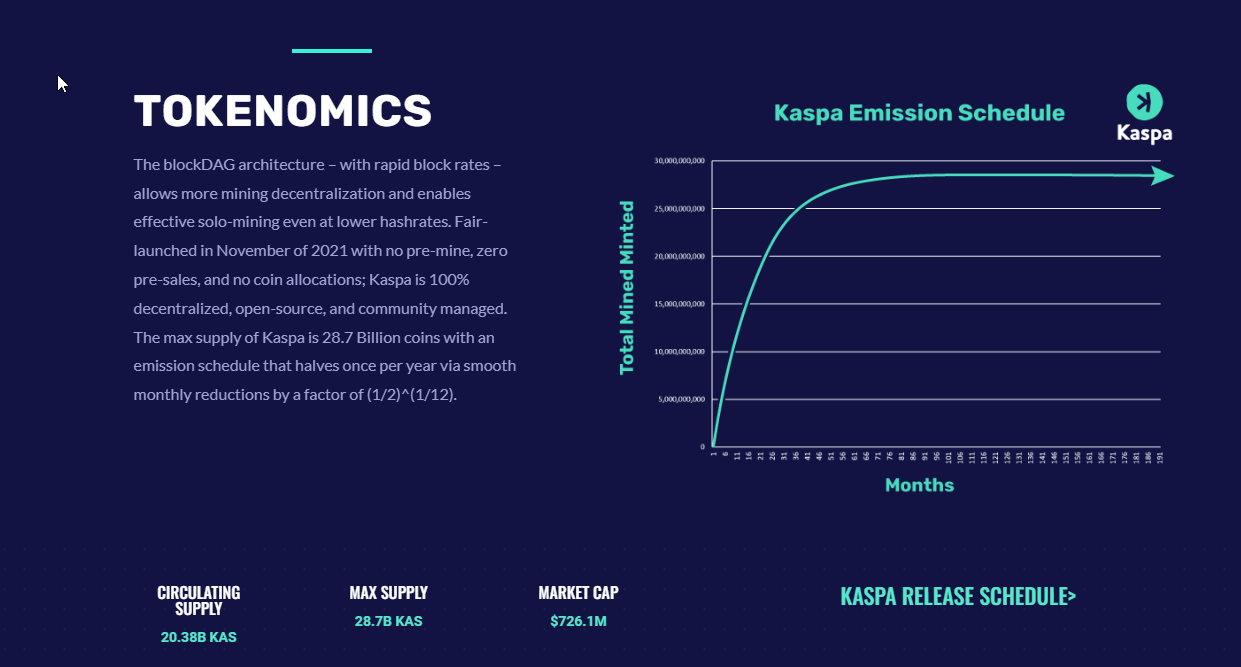
Kaspa’s token, KAS, was launched fairly in November 2021 without any pre-mine, pre-sales, or coin allocations. This ensures its 100% decentralization, open-source nature, and community management. The token’s maximum supply stands at 28.7 billion, with 20.26 billion in circulation as of August 2023, Market Cap of 865.4 million as of August 2023.
Risk Assessment
Kaspa confronts regulatory and compliance challenges, along with market and competitive threats from other scalable blockchains. Technological vulnerabilities and cybersecurity threats are also potential risks.
Conclusion
Kaspa emerges as a promising blockchain initiative, offering a rapid and scalable solution for those prioritizing transaction speed. With a seasoned development team and a governance model driven by the community, the project holds promise. However, it’s essential to weigh the inherent risks against the potential rewards. For a deeper dive, the whitepaper is available for review.

